Independent Research Feature: Raising Awareness about Esotropia by Writing a Children’s Book and Improving the Eye Patch Used for Treatment
When I was a year old, my mother noticed that my eye would gradually turn inwards, causing me to bump into walls. After multiple doctors’ appointments and several misdiagnoses, we learned I had esotropia—a condition that affects 1-2% of the population. Esotropia is an inward movement of one or both eyes caused by strabismus, an eye misalignment. This word is derived from the Greek words “eso-” which means “inwards” and “trope” which means “turn.” Though the exact cause of esotropia is uncertain, the underlying issue is believed to be the brain’s inability to coordinate eye movement. Esotropia is classified into different types based on when it appeared and how frequently it occurs. The long and short term effects as well as complications of esotropia include loss of three-dimensional vision, issues with depth perception, amblyopia (lazy eye), diplopia (double vision), and impaired binocular vision (Parker, H., 1991). Because most people are unaware of this condition, esotropia is frequently misdiagnosed. In addition, the chances of correcting esotropia are much higher if it is found early, making early detection crucial.
Esotropia can be treated using a variety of methods. There are surgical and non-surgical options. Most often, an eye patch is advised before or after surgery on the healthy eye to strengthen the affected eye. There are numerous eye patches available today, both adhesive and non-adhesive. Most people, particularly parents of young children, prefer the adhesive patch because their children cannot physically remove it on their own. The adhesive patches, however, have drawbacks, such as skin irritation from the adhesive used on children’s sensitive skin (Lim, H., Sung, J., 2016).
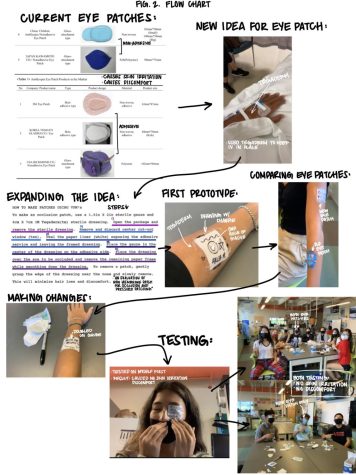
To remedy the issue of the eye patch causing irritation and discomfort, I found an article which introduced a new method of patching that utilizes Tegaderm, which can provide benefits that no other patch can offer. Tegaderm is permeable to water vapor, oxygen and carbon dioxide but not to bacteria or water, allowing perspiration to pass through while enabling the membrane to adhere to the skin while allowing the skin to breathe (Miller, E., 1991). Using Tegaderm, I was able to create an adhesive eye patch with a unique factor: people can lightly draw on it with a sharpie to make it more fun and engaging (Figure 2).
I tested the improved eye patch with 18 participants ranging from ages 5-17. They made the eye patches using gauze and Tegaderm, decorated them with drawings, and wore them for five minutes with both of their eyes closed to prevent any vision imbalances. After asking the questions shown in Table 1, all the participants preferred my eyepatch to the old adhesive model as it produced less skin irritation (Figure 1).
In addition to improving the eyepatch, I wrote and published Eye See You!, a children’s book based on my story which includes information about esotropia and instructions for making the improved eyepatch.
The purpose of this project was to create an adhesive eye patch that addressed the disadvantages of the current eye patches, as well as to write and publish a children’s book on esotropia to spread more awareness. I made an adhesive eye patch, tested it and found the results shown in Table 1. I also wrote an illustrated children’s book that would allow people, including children, to learn about esotropia. I hope that through the book, people will be more aware of this condition which leads to increased early detection.
References:
Lim, H., & Sung, J. (2016). Product Analysis and Development of Amblyopia Eye Patch for Children. Fashion, Industry and Education, 14(2), 1-10.
Miller, C. E. (1991). An Evaluation Of New Membrane Patch For Occlusion And Pressure Patching (Doctoral dissertation).
Parker, H. (1991). “A brief review of the diagnosis and treatment of infantile esotropia” College of Optometry. 981.

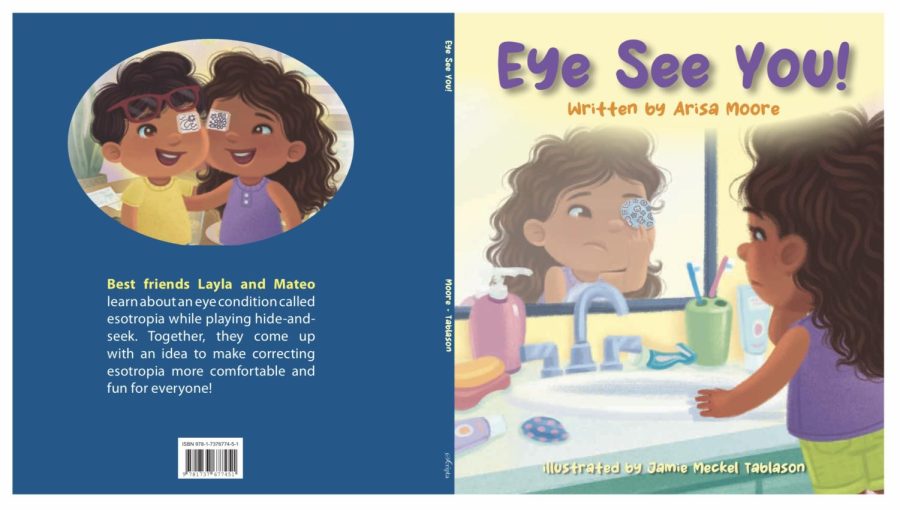
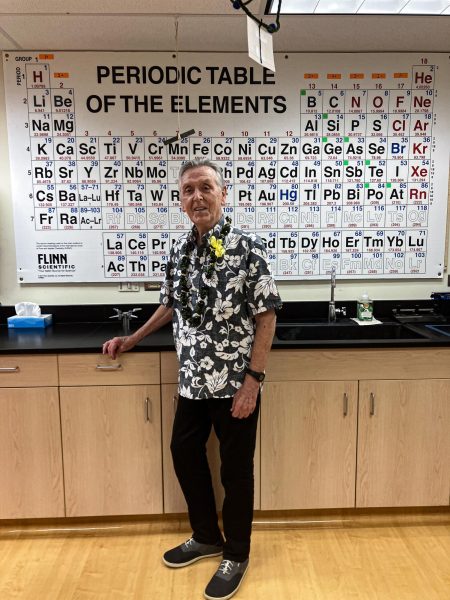
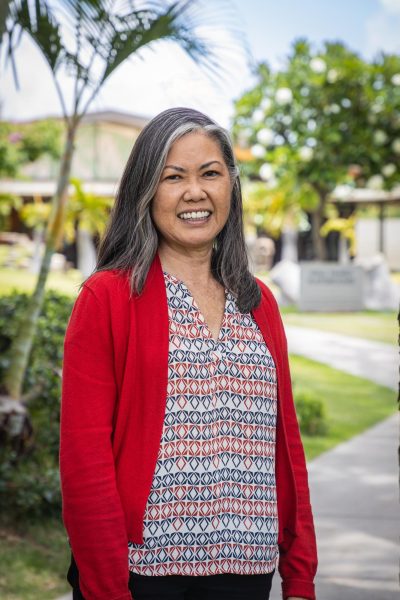



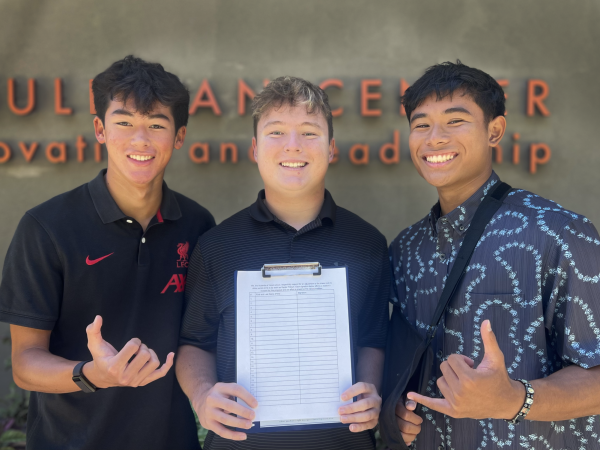
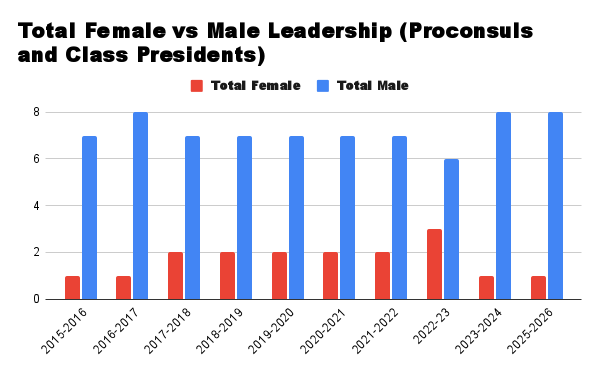
Eva • Jun 7, 2024 at 5:01 am
I would love to find the book for my daughter.